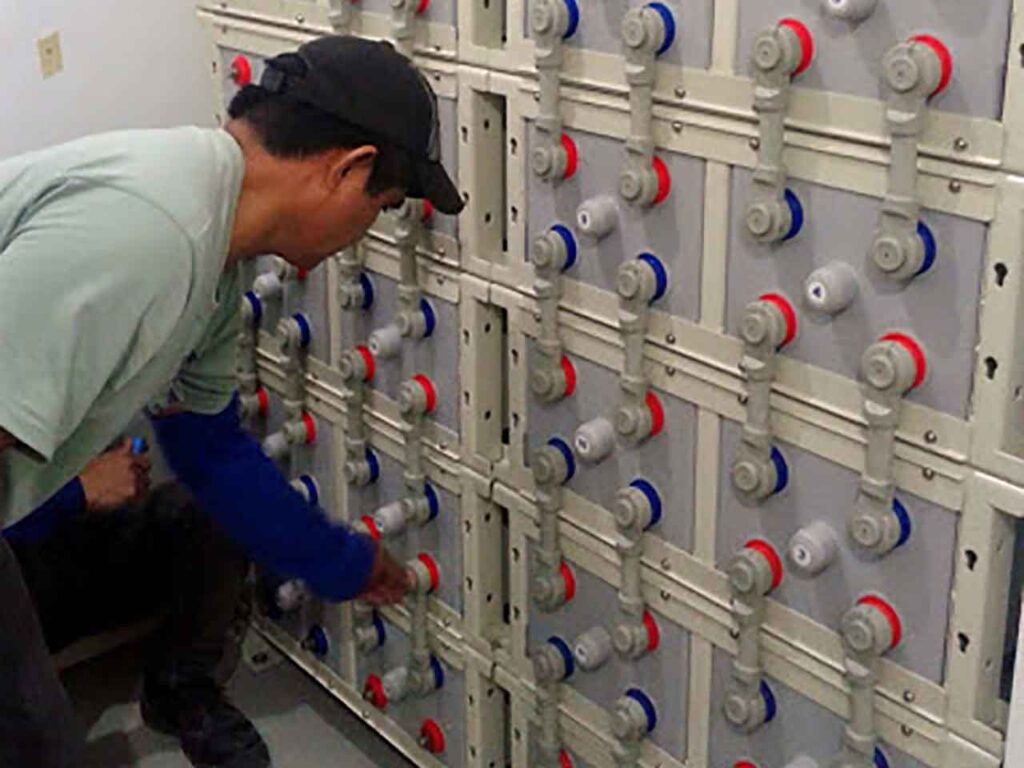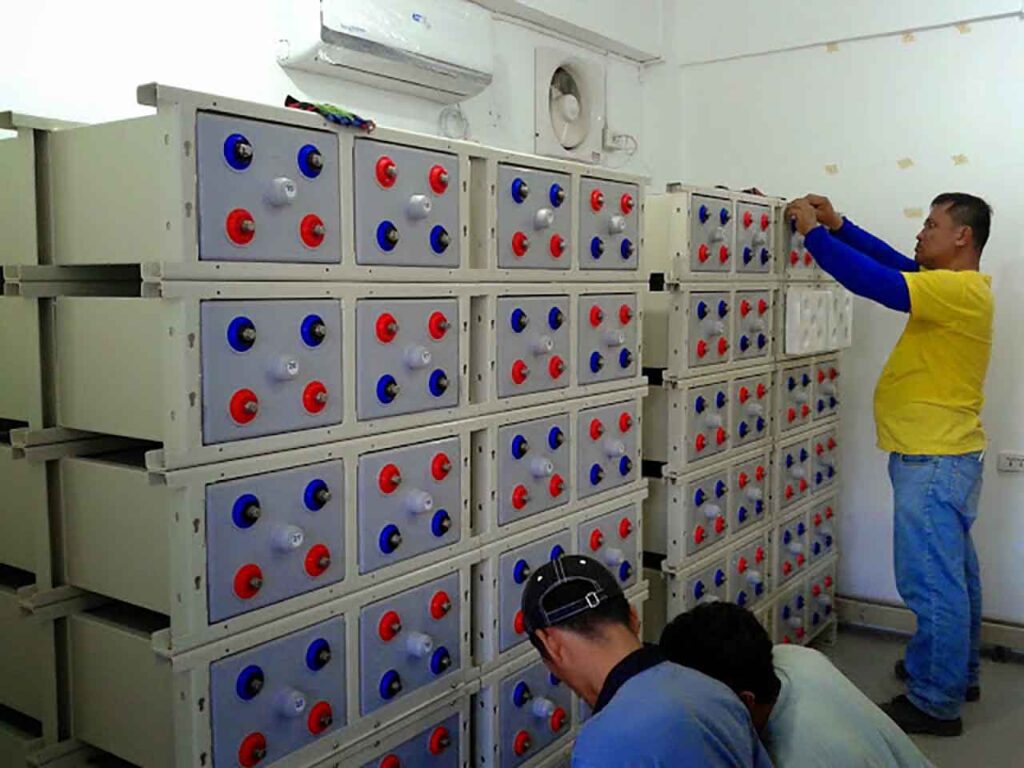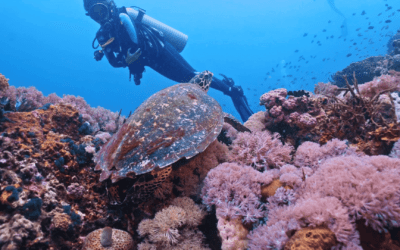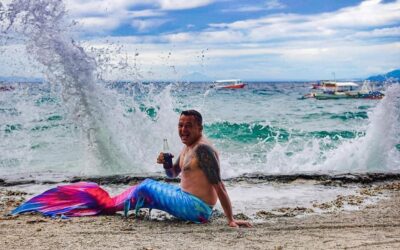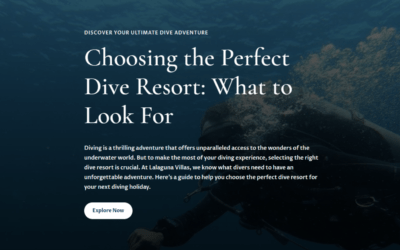While many brands have adopted sustainability as part of their marketing strategy, at Lalaguna Villas, being eco-conscious is something we’ve been doing because we care deeply about the environment in our area.
Water and power conservation and efficiency have been a priority at Lalaguna Villas, read on to see how we’ve tackled these problems and the solutions we’ve developed.
Water
Water water everywhere, but not a drop to drink! This can be a recurring theme in much of Sabang and Sinandigan. At Lalaguna Villas, we take water seriously! We suspect we maintain the most advanced water collection, filtration, purification, heating, and circulation systems in the city.
Features include:
Best practice filtration and purification techniques employed in the final stages of pumping water from well and rainwater tanks to the final pure tank on level 9. That’s right, when you stay with us you will enjoy Water pressure from the 9th floor! If you have ever stayed in Sabang before, you know that a lack of water pressure is an issue in many resorts.
All water is piped through large diameter and highly insulated PPR (PolyPropylene) pipes; with redundancy at every critical point. This was done at great expense and time, as all the piping had to be retrofitted into the existing building.
Our uninterruptible power supply protects all our equipment which must run at high availability.
Electronic sensors monitor tank levels.
Integrated controllers schedule the powerful Australian-made three-phase three horsepower submersible pumps. The pumps send the water up the slope almost as fast as it comes back down! All timed in such a way as to balance the freshwater we harvest from every sloped surface we have, along with the deep well pump which also uses sensors to extract the maximum possible volume of water every day without dry-running or needing a man to watch it.
Hot Water
We are one of the few resorts that do not employ high voltage instant electric hot water heaters in each shower. Not only are these heaters temperamental at best in heating water consistently, but they are also a major draw on the resort’s power consumption.
We saved so much power by decommissioning nearly two dozen instant hot water systems, that our peak power usage is lower than last year despite having 50% more rooms, all of which were occupied during the Christmas and New Year period. We reinvested some of that power saving into the recirculating pumps to conserve water, which is even more valuable having been purified and filtered already. How did we do this? Read on…
We installed a very advanced hot water system at the resort. The system consists of a combination of a hot water storage tank and a water heater system. The actual heat is not stored in the domestic water that you use but in the clearly separate storage water.

The storage tank water is filled once during commissioning and is only used for heat storage. It is neither replaced nor consumed. The storage tank itself consists entirely of plastic, the inner and outer wall is made of impact-resistant polypropylene (PP), the space in between is insulated with heat-conserving foam. This produces excellent heat insulation values and keeps surface losses to a minimum.
The heating of the storage tank water and the charging of the storage tank can be carried out in various ways:
Heating Water via a Stainless Steel Heat Exchanger Solar Energy – Directly Heating Storage Tank Water via the solar collectors Electric Heating Element (optional 2 or 2-6 kW)
The domestic water hot water is heated in a pipe register heat exchanger made of stainless steel, which is immersed in the storage tank water. This ensures no contamination of the domestic water.

As a result of its structure, the heat exchanger tank is optimum from a water hygiene perspective, since the water to be heated is passed through to an independent pipe system to be heated. The water content of the domestic hot water heat exchanger is currently 19/24 liters and is therefore only a fraction of the water quantities usually found in hot water storage tanks. Areas with little current or which are not heated all the way through on the hot water side do not even come into question tank.
Domestic water is exclusively located in one pipe so that deposits of sludge, rust or other sediments, as can occur in containers with a large volume, are not possible. The water stored first is also taken out first (First-in-First-Out Principle). You always get fresh water!
The outstanding water hygiene advantages of this type of hot water storage tank were confirmed by extensive research carried out by the hygiene institute of Tübingen University, Germany.
The issue of water hygiene is of particular relevance in the case of buildings with a large hot water demand. In hotels, hospitals, sports halls and homes for the elderly, the supply of hot water is extremely important.
Our hot water heat exchanger & storage tank optimally meets the most demanding water hygiene requirements, since it operates like a flow water heater with regard to domestic water. In our case. Where there is a demand for large volumes of hot water, several heat exchanger tanks are simply connected to each other like modules. This has the advantage that the available space can be used in various ways. With the appropriate control technology equipment, it is also possible to install decentralized hot water storage tank systems in large supply networks.
Additionally, we employ an advanced heat pump to extract the ambient heat from the surrounding air which we boost by cleverly using existing aircon units exhaust, producing as a by-product, the cool air we can duct into hallways. We use science to make hot air cold!
Some details:

To put it in laymen’s terms, water circulates in a closed loop around the resort in highly insulated pipes to keep it hot. At one point in the circulation, the water gets heated in a “worm” inside our small heat exchanger tank. As a result, we don’t need the large boiler or boilers to heat large amounts of water that have normally been used in large hotels.
We are proud of our initiatives to conserve our natural resources. Guests are always welcome to tour our facilities, including our battery room. So if that’s your thing, don’t hesitate to ask our staff to set it up!
Power
We recently completed the first stage in the process of becoming independent of the national power grid by implementing a 280 Kilowatt/hour battery farm, controlled by sophisticated inverters which switch from Mains to battery backup within milliseconds. Your TV or power outlets will not even flicker during the frequent brownouts that occur in Puerto Galera. This is the most advanced power management system deployed in the Philippines! Our resort runs off 3-phase power for greater efficiency. We will be adding solar panels to reduce and eventually remove the need to use our backup diesel generator during extended power failures.
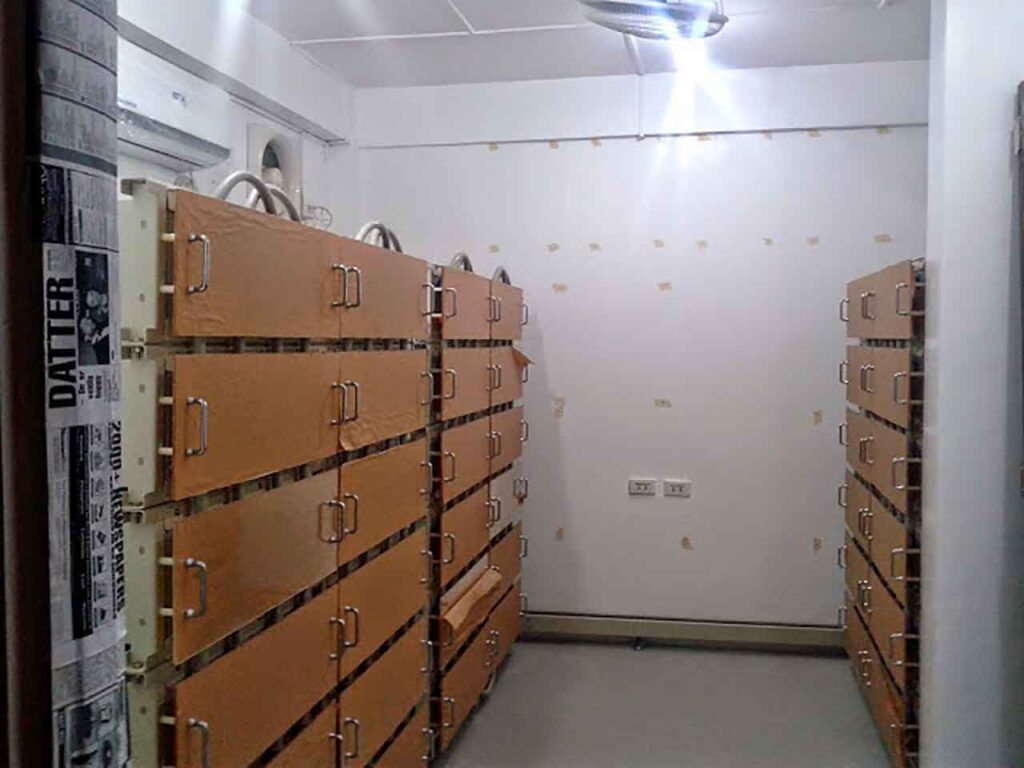
This is a small part of our environmental awareness program, as a member of the voluntary international program known as Zero Carbon Resorts. We can proudly claim to be at the forefront of all the resorts in this area in this regard, as we pursue a strict recycling program which includes everything from rechargeable batteries to collecting, filtering, and purifying rainwater which accounts for more than 50% of our water usage and provides our guests with a superior quality of water than most resorts in the area.

Lalaguna Villas is one of only 27 hotels and resorts that were named pioneer awardees for the ANAHAW Philippine Sustainable Tourism Certification (2018-2020). And we’re the only resort in the Puerto Galera area to have achieved this important certification. The Anahaw certification initiative aims to reduce the carbon emission impact of tourism, empowering resorts like us to use innovative techniques to help save energy, water, fuel, and other resources.
The Anahaw certification is part of our ongoing environmental awareness program, as a member of the voluntary international program known as Zero Carbon Resorts. We’re proud to be a part of this great program, and we look forward to our continuing cooperation.

